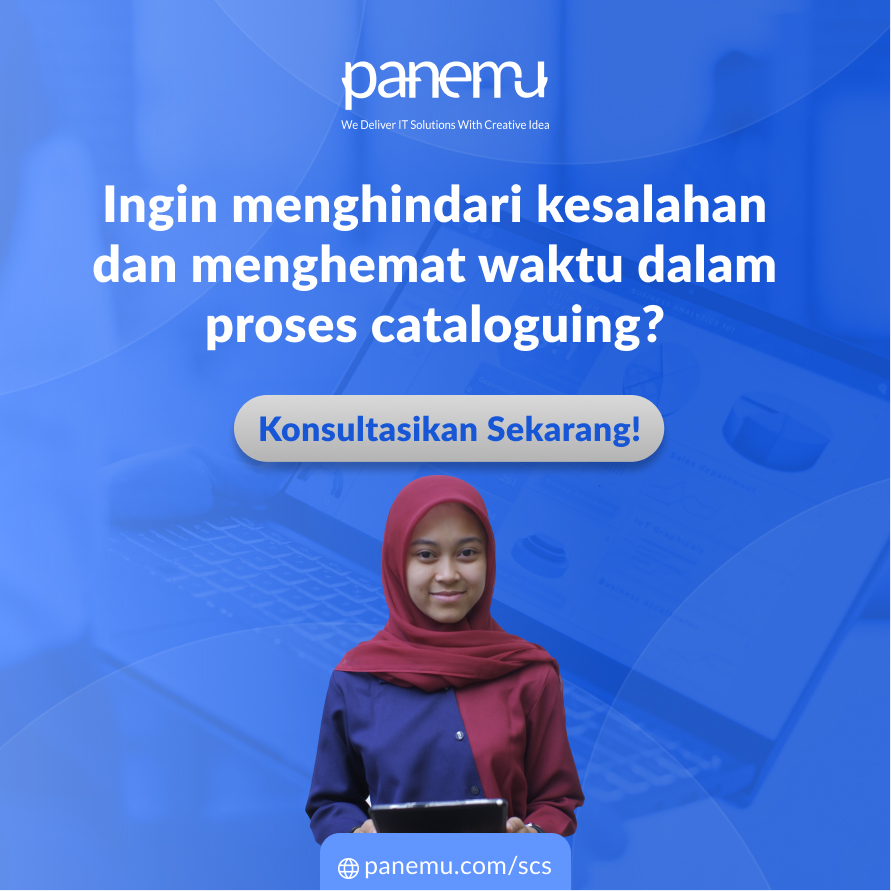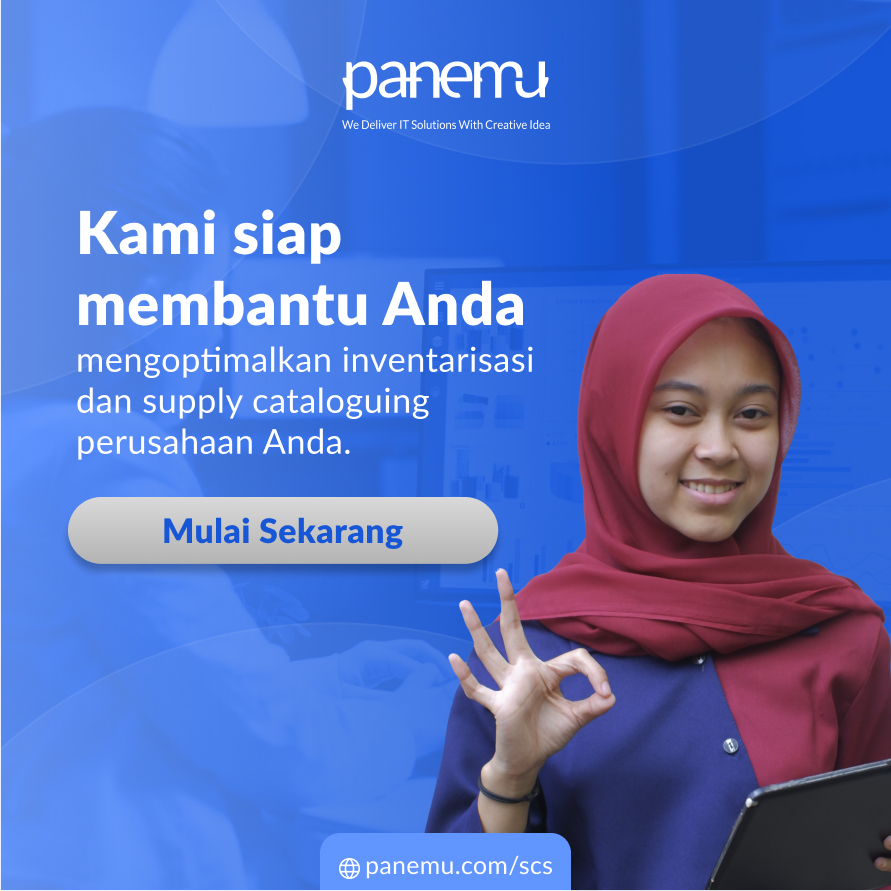In today’s fast-paced business environment, procurement plays a strategic role in ensuring uninterrupted operations. Companies rely on a steady supply of materials, spare parts, and operational goods to keep their business running smoothly. However, many organizations still struggle with procurement inefficiencies, such as:
❌ Delayed approvals that slow down critical purchases
❌ Duplicate or incorrect orders due to lack of standardized cataloguing
❌ Uncontrolled spending from inconsistent supplier selection
❌ Manual processes that lead to errors and inefficiencies
To address these challenges, businesses are turning to E-Procurement integration, a solution that connects procurement systems with cataloguing databases to improve efficiency, accuracy, and cost control. But how does this integration work, and why is it a game-changer for modern businesses?
What is E-Procurement Integration?
E-Procurement refers to digitalizing and automating procurement processes, from supplier selection and purchase requisitions to approvals and payments. Instead of relying on email threads, phone calls, or manual spreadsheets, E-Procurement centralizes everything into a structured, automated system.
However, true procurement efficiency is achieved when E-Procurement is integrated with a material cataloguing system. This integration allows businesses to:
✅ Ensure accurate item descriptions – Standardized cataloguing prevents miscommunication.
✅ Automate supplier selection – The system recommends pre-approved vendors based on performance and pricing.
✅ Enable real-time inventory tracking – Procurement decisions are based on actual stock levels, preventing over-purchasing or shortages.
✅ Reduce approval bottlenecks – Automated workflows speed up purchasing cycles while maintaining compliance.
This seamless connection between E-Procurement and cataloguing eliminates guesswork, reduces human errors, and enhances procurement transparency.
The Power of Cataloguing in E-Procurement
One of the biggest hidden inefficiencies in procurement is poor material cataloguing. Many organizations suffer from:
🔴 Duplicate or inconsistent item descriptions – Different departments may use different names for the same item, leading to confusion.
🔴 Unstructured supplier data – Without a unified catalog, companies might purchase the same product at varying prices from different vendors.
🔴 Unoptimized inventory management – Some materials are overstocked while others run out unexpectedly.
By integrating structured cataloguing into E-Procurement, businesses can:
✔ Create a single source of truth – Standardized item descriptions and unique identifiers prevent duplicate entries.
✔ Optimize stock levels – Automatic reordering ensures that essential materials are always available.
✔ Reduce procurement errors – The system guides users to select the right products, avoiding incorrect purchases.
✔ Enhance supplier negotiations – Having detailed historical purchase data allows businesses to negotiate better pricing.
This approach ensures that every procurement decision is informed, cost-effective, and aligned with operational needs.
Key Benefits of E-Procurement and Cataloguing Integration
1. Accelerated Procurement Workflows
Manual procurement involves multiple approval steps that can delay urgent purchases. With E-Procurement, the entire process is digitized and automated, ensuring faster approvals and order placements.
2. Improved Cost Efficiency
Without integration, businesses often overpay for materials due to price variations across suppliers. A connected system ensures consistent pricing and better contract negotiations, resulting in significant cost savings.
3. Enhanced Data Accuracy
Errors in procurement often stem from inconsistent data entry or miscommunication between departments. E-Procurement eliminates human errors by relying on a centralized catalogue with verified product details.
4. Stronger Supplier Relationships
Suppliers benefit from clearer purchase orders, on-time payments, and structured contracts, leading to improved partnerships and preferential pricing.
5. Smarter Inventory Management
E-Procurement systems analyze historical purchasing data to predict future demand, helping businesses maintain optimal inventory levels without excess stockpiling.
6. Compliance and Risk Reduction
A structured procurement system ensures that all purchases follow company policies and industry regulations, reducing financial and operational risks.
Beyond Cost Savings: How E-Procurement Drives Business Innovation
Most discussions on E-Procurement focus on cost reduction—while this is important, the real impact goes much further. Integrated E-Procurement can be a catalyst for business transformation, enabling:
1. More Strategic Procurement Decisions
When procurement teams no longer waste time on manual tasks, they can focus on supplier strategy, contract optimization, and long-term cost reduction initiatives.
2. Proactive Risk Management
By integrating procurement with real-time supply chain data, businesses can quickly adapt to supplier disruptions, raw material shortages, or price fluctuations.
3. Cross-Departmental Collaboration
Procurement doesn’t operate in isolation—it involves finance, operations, and maintenance teams. E-Procurement fosters better interdepartmental coordination, ensuring procurement aligns with business objectives.
4. Sustainable Procurement Initiatives
Many companies are now prioritizing eco-friendly procurement. With E-Procurement, businesses can track supplier sustainability ratings, monitor carbon footprints, and ensure ethical sourcing.
Instead of just focusing on buying materials at the lowest price, businesses can use E-Procurement as a tool to drive efficiency, resilience, and corporate responsibility.
Challenges in Implementing E-Procurement Integration (And How to Overcome Them)
While the benefits of E-Procurement integration are clear, some businesses struggle with implementation. Here’s how to tackle common challenges:
1. Resistance to Change
❌ Employees accustomed to manual procurement may resist new systems.
💡 Solution: Provide hands-on training and emphasize the time-saving benefits of automation.
2. Data Standardization Issues
❌ Unstructured catalogs make integration difficult.
💡 Solution: Conduct a catalog cleanup before implementation and enforce consistent naming conventions.
3. System Integration Complexity
❌ Existing ERP or inventory systems may not be fully compatible with E-Procurement platforms.
💡 Solution: Choose an E-Procurement system that offers flexible API integration and work with experienced implementation partners.
By addressing these challenges proactively, businesses can ensure a smooth transition to E-Procurement and unlock its full potential.
Conclusion: Is Your Business Ready for E-Procurement Integration?
In a world where speed, accuracy, and strategic purchasing are key competitive advantages, businesses can’t afford inefficient procurement processes. Integrating E-Procurement with a cataloguing system ensures:
✅ Faster and error-free procurement workflows
✅ Better inventory management with automated reordering
✅ Optimized costs through structured supplier negotiations
✅ Seamless compliance with procurement policies and regulations
🚀 Want to upgrade your procurement processes? Contact Panemu today for a tailored E-Procurement solution that brings efficiency, transparency, and cost savings to your business!